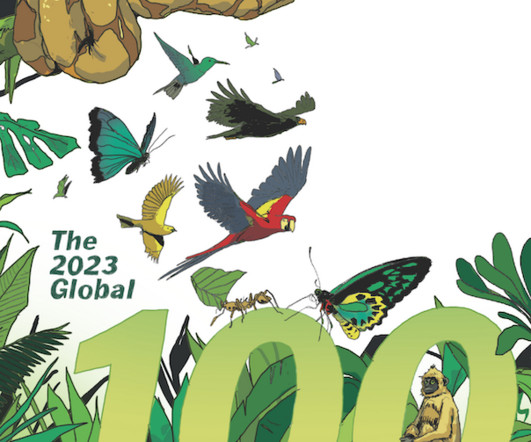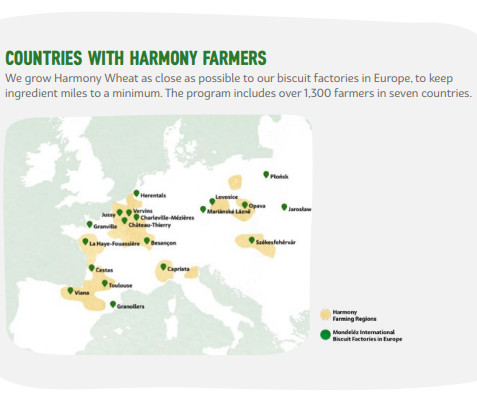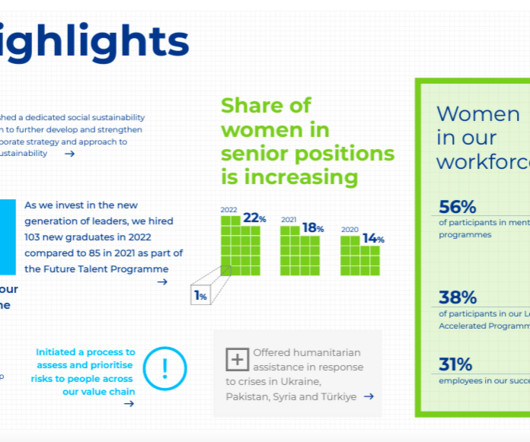Tetra Pak Reveals 20% Greenhouse Gas Emissions Reduction Across Value Chain Since 2019
3BL Media
JUNE 11, 2024
A 47% reduction in operational greenhouse gas (GHG) emissions [2] since 2019. Tetra Pak launches its 25th Sustainability Report, which tracks the progress the company has made against its sustainability agenda. It focuses on five interdependent areas: food systems, circularity, climate, nature and social sustainability.


















Let's personalize your content